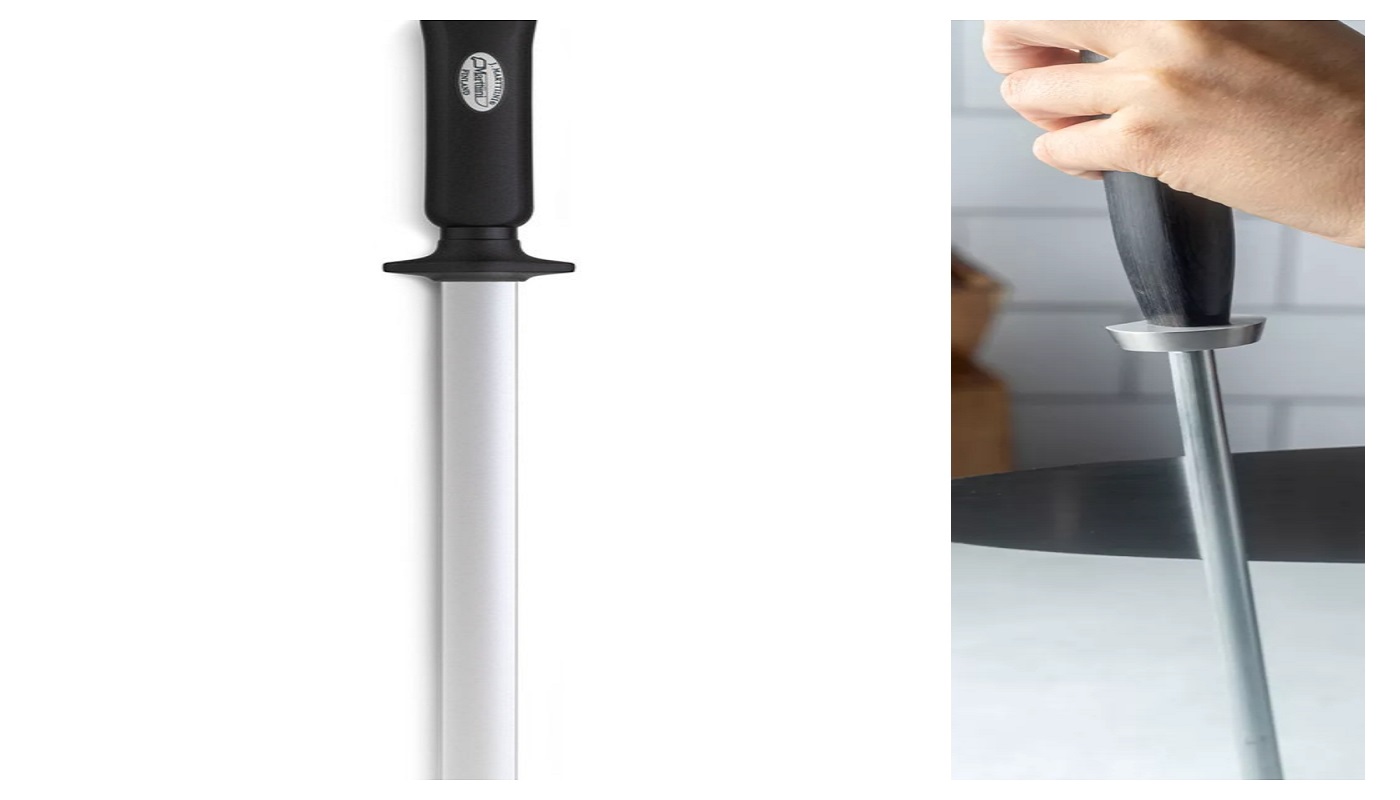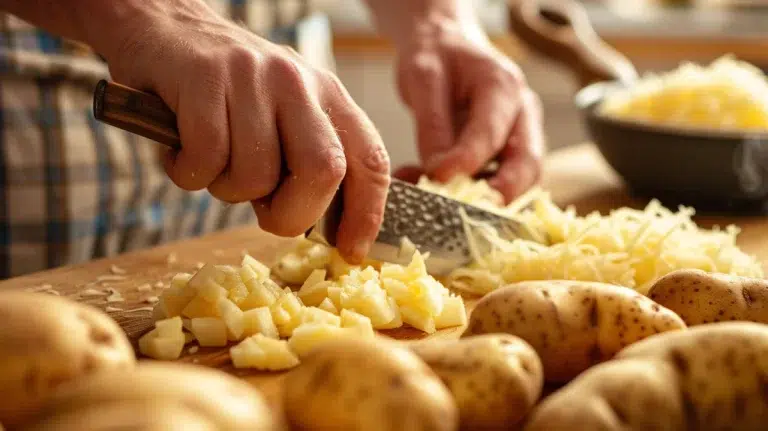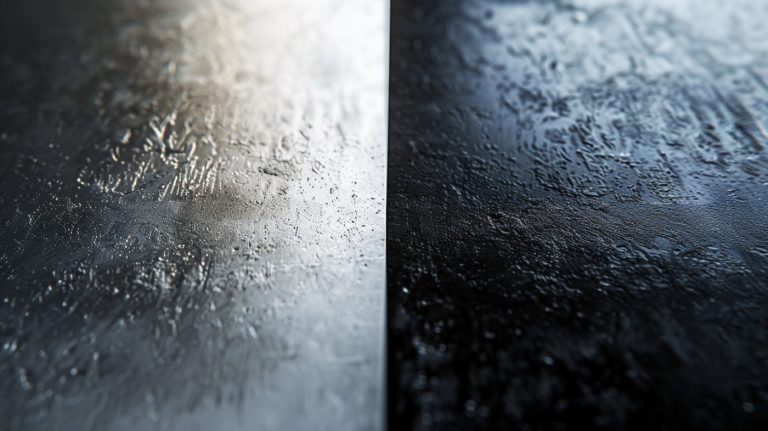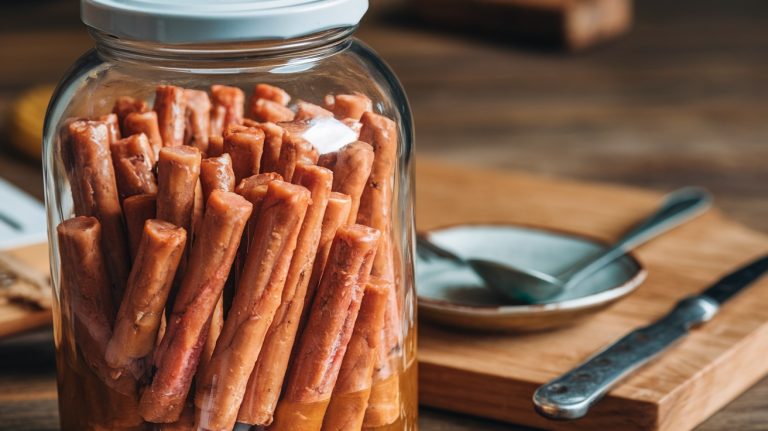Honing Steel vs Sharpening Steel: Know the Key Differences
For knife maintenance, you’ll likely use both honing and sharpening steels, but crucial to understand their distinct functions.
Honing realigns the existing edge of a knife, enhancing its cutting efficiency and safety, while sharpening restores a dull or damaged edge by removing metal.
Sharpening steels have a coarse surface to remove metal, and honing steels feature a smooth, steel rod to gently realign the edge without removing metal.
When you understand the differences between these two tools, you will be able to properly maintain your knives and maintain them at their optimum performance – and there is more to discover on how to achieve the best results.
Key Takeaways
- Honing realigns the existing edge of a knife, while sharpening restores a dull edge by removing metal from the blade.
- Honing steels feature a smooth surface, whereas sharpening steels have a coarse surface, like diamond-coated or ceramic.
- Sharpening steels are used to re-establish the knife’s edge, while honing steels are used to maintain it.
- Honing steels don’t remove metal, but rather realign the existing edge, making them suitable for daily use.
- Sharpening steels require more force and movement than honing steels, as metal is removed from the blade during the process.
Key Differences Between Honing Steel vs Sharpening Steel
How do you choose between a sharpening steel and a honing steel to get the best results for your knife?
The key differences between these two types of steels lie in their materials, functions, and effects on the blade.
A sharpening steel, also known as a diamond or ceramic steel, is designed to remove metal and re-sharpen the knife.
It typically features a coarse surface, such as diamond-coated or ceramic, which effectively removes metal and re-aligns the blade’s edge.
For example, using a hand-held knife sharpener with coarse grit can greatly help in sharpening dull blades.
On the other hand, a honing steel is designed to realign and maintain the edge of a knife. It features a smooth, steel rod that gently hones the edge without removing metal.
When it comes to knife sharpening, it’s crucial to understand that sharpening steels are used to re-establish the knife’s edge, while honing steels are used to maintain it.
Sharpening steels are typically used less frequently, as they can remove metal and shorten the life of the knife.
Honing steels, on the other hand, can be used regularly to maintain the knife’s edge and keep it in top condition.
Sharpening and Honing Steels – How to Use Them
To use both sharpening and honing steels effectively, below are detailed instructions for each tool:
Using Sharpening Steels
To sharpen knives effectively, hold the steel vertically and draw the knife across it in a smooth, light motion.
Repeat this process several times, moving the knife along the steel’s length to maintain even sharpening.
This method is essential for maintaining knife sharpness, which enhances cooking efficiency and safety.
While sharpening steels can be used for honing, it’s generally recommended to use a dedicated honing steel or ceramic for finer edge realignment.
However, in situations where a sharpening steel is your only option, it can still be used to hone a knife, albeit with less precision than a dedicated honing tool.
Always choose the right steel or ceramic for your sharpening and honing needs to achieve ideal results.
Using Honing Steels
To use a honing steel effectively, hold it vertically and draw your knife along its length, maintaining light pressure and a consistent angle.
Repeat this process several times, alternating the direction of the stroke to guarantee even realignment of the knife edge. As you hone your knives, pay attention to the edge’s position and adjust your stroke as needed.
Regular cleaning of your sharpening tools, such as cleaning whetstones, can also enhance their performance.
When done correctly, a honing steel can extend the life of your knife and keep it performing at its best. Regular honing can also reduce the need for frequent sharpening, saving you time and effort in the long run.
Frequently Asked Questions
Is Honing Better Than Sharpening?
When determining if one method is better than the other, you’re weighing the effectiveness of realigning vs completely redefining an edge’s geometry. Honing is better than sharpening when maintaining a sharp edge is your priority.
Is a Sharpening Steel the Same as a Honing Steel?
You’re about to unsheathe a vital secret: a sharpening steel and a honing steel aren’t twins, despite their similarities. They serve distinct purposes – one renews the edge, while the other refines it to perfection.
Should I Hone or Sharpen My Knife?
You should assess your knife’s edge condition before deciding. If it’s dull or damaged, sharpening is necessary. For regular maintenance or minor realignment, honing is usually the better option, extending the life of your knife.
Does a Honing Rod Sharpen Knives?
You might think a honing rod sharpens knives, but in reality, it realigns the edge, pushing small irregularities in the steel straight again, effectively maintaining the knife’s sharpness without removing any material.
Perfecting Knife Care: Elevate Your Culinary Skills with Honing and Sharpening
As you master the delicate dance of sharpening and honing, your knife transforms into a razor-sharp extension of yourself. With a sharpening steel, you forge a new edge; with a honing steel, you refine it.
Take this dual approach and you’ll discover a world of precision and finesse, where every cut is a whisper of steel on steel, and every meal is a symphony of flavors. Your knives will thank you, their longevity a tribute to your skill.







